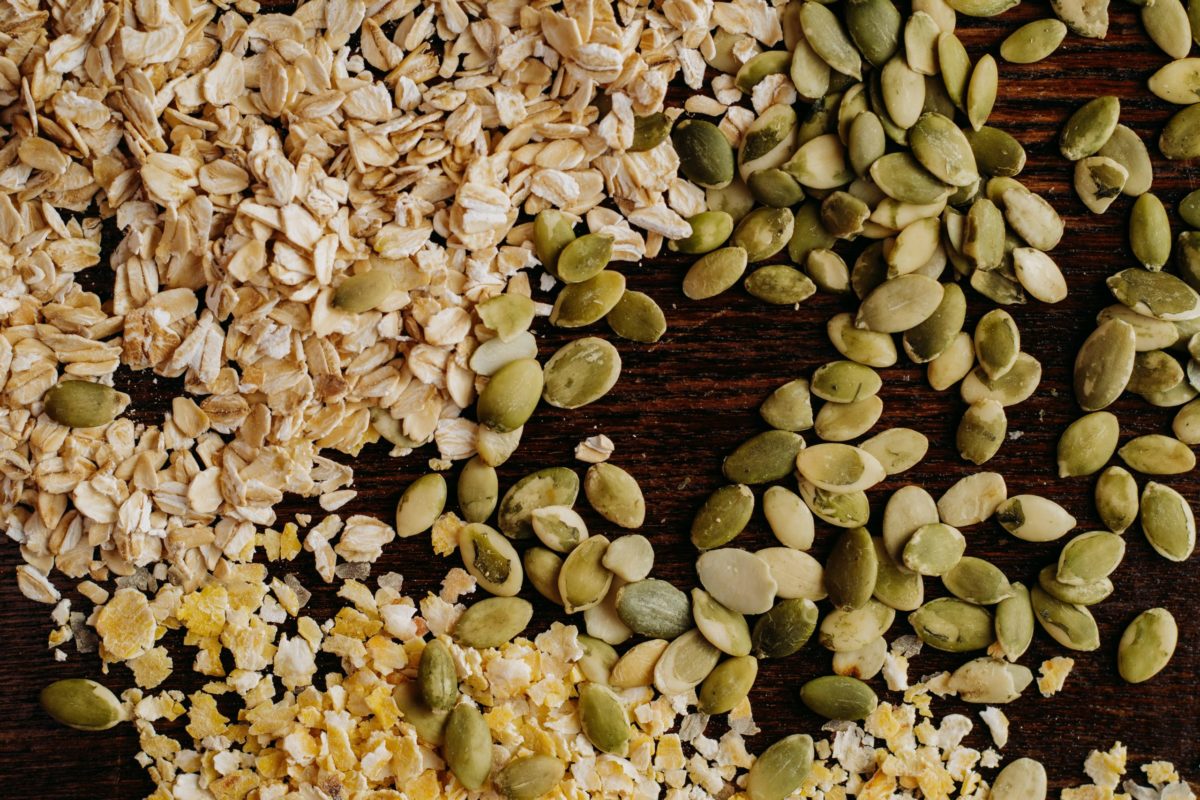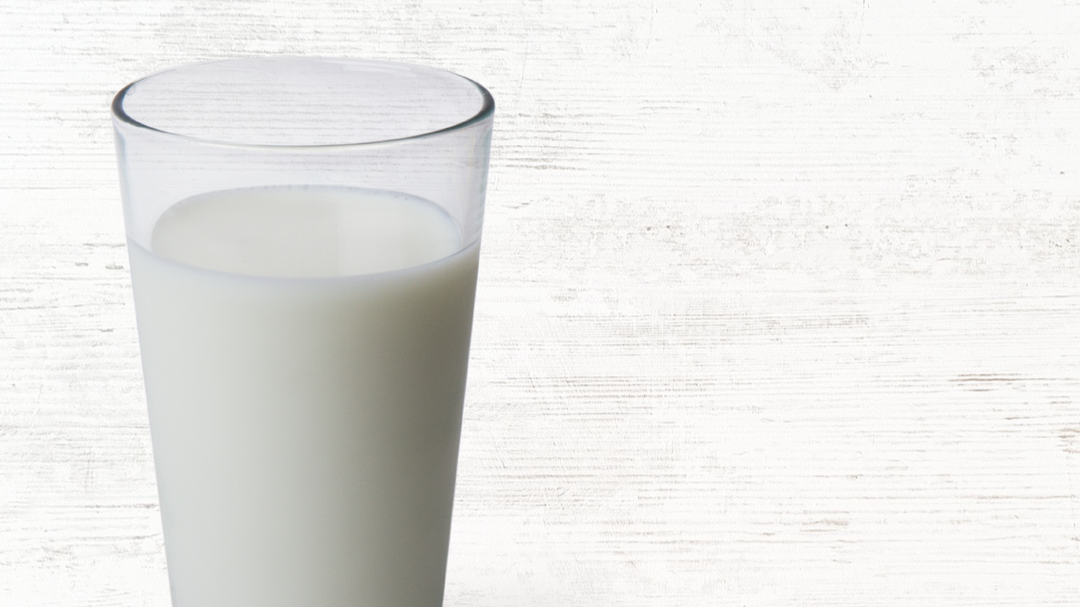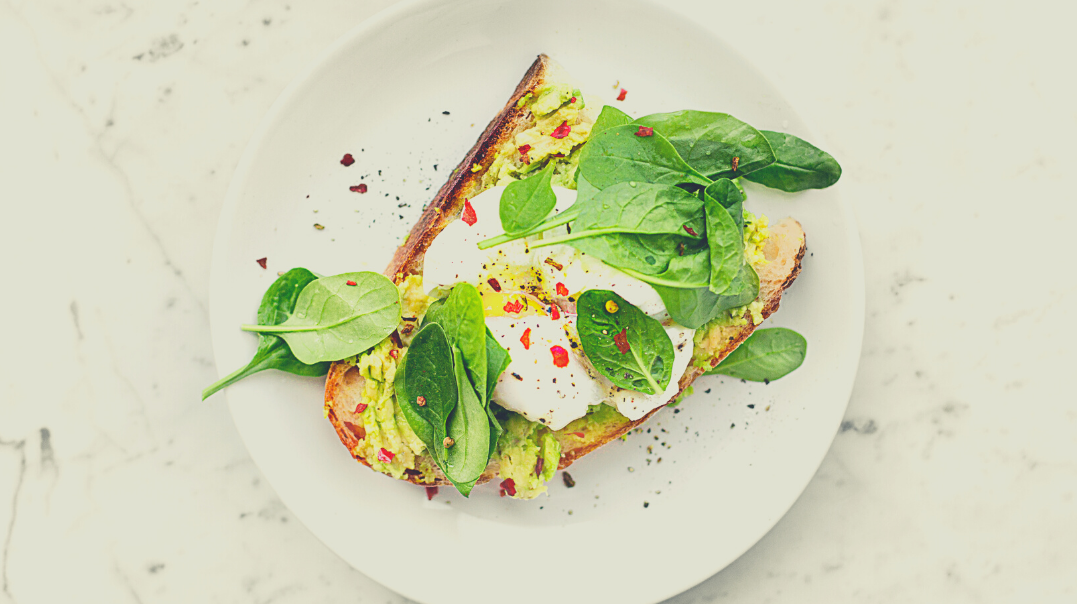As per usual, this isn’t a simple answer but let’s get into the science.
Breastfed babies are recommended to be supplemented with 400 IU (10 mcg) of vitamin D per day (1). This is because it is a widely held belief that breastmilk is deficient in vitamin D.
How much should you supplement?
One study found that 76% of women taking 600 IUs of vitamin D daily during pregnancy were deficient in vitamin D 81% of their newborns were deficient as well (2).
If a mother is deficient in vitamin D, her breastmilk will also be deficient. A mother supplementing between 400 – 2000 IUs will produce milk that is not high enough in vitamin D to meet the vitamin D requirements of an infant (2).
4000 IUs per day can potentially meet the requirements of the infant but it depends on the mother’s underlying vitamin D status. That is to say that if a mother was already deficient 4000 IUs of supplementation is not enough to bring her and her milk up to adequate levels (1).
Complications of Deficiency
Vitamin D deficiency is tied to a whole lot of health complications including preeclampsia, cavities, periodontitis (inflammation of the gums), autoimmune disorders, infectious diseases, cardiovascular disease, several types of cancer, type two diabetes, and neurological disorders (2).
Children born to mothers deficient in Vitamin D are more likely to be born via cesarian section, have wheezing disorders, and have cavities (2).
This is especially troubling considering that prenatal vitamins typically contain only 400-600 IUs and additional vitamin D supplementation is not typically recommended.
Get Tested and Talk to Your Doctor
If you’re not sure of your vitamin D status the best thing you can do is get tested. Do not stop supplementing your newborn with vitamin D unless you are sure your levels are adequate. Vitamin D is a relatively safe vitamin and it would not cause your child harm to get vitamin D from both you and a supplement.
There is a potential for harm with vitamin D deficiency, better safe than sorry.
If you’ve been breastfeeding without supplementing yourself or your newborn with vitamin D, don’t worry. Begin supplementing your baby now and speak with your and your child’s doctor about the next steps.
Sources:










